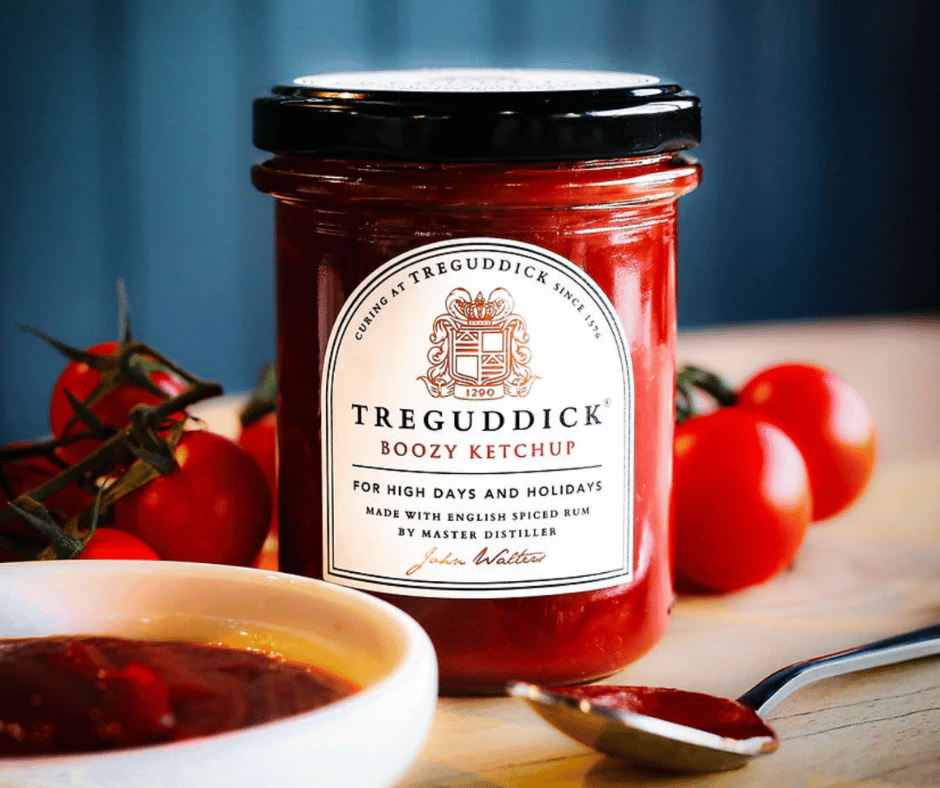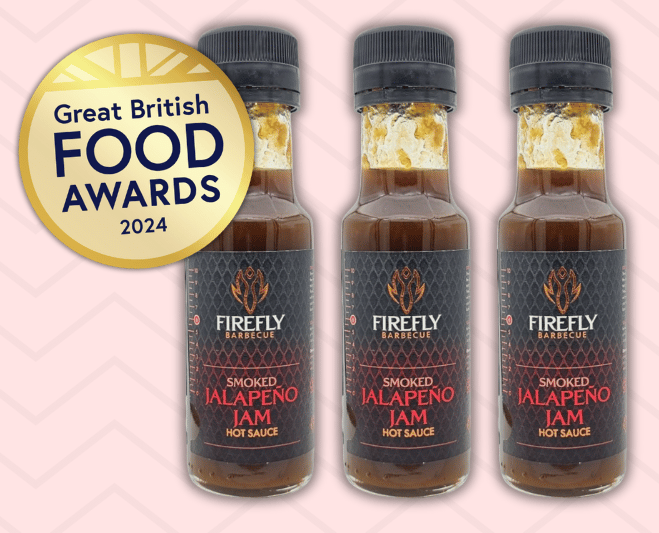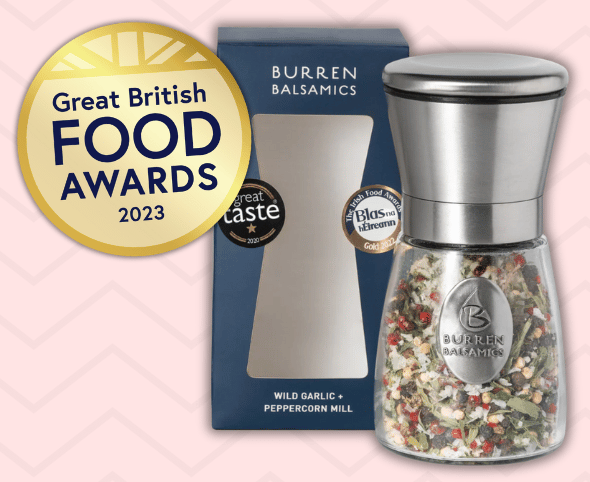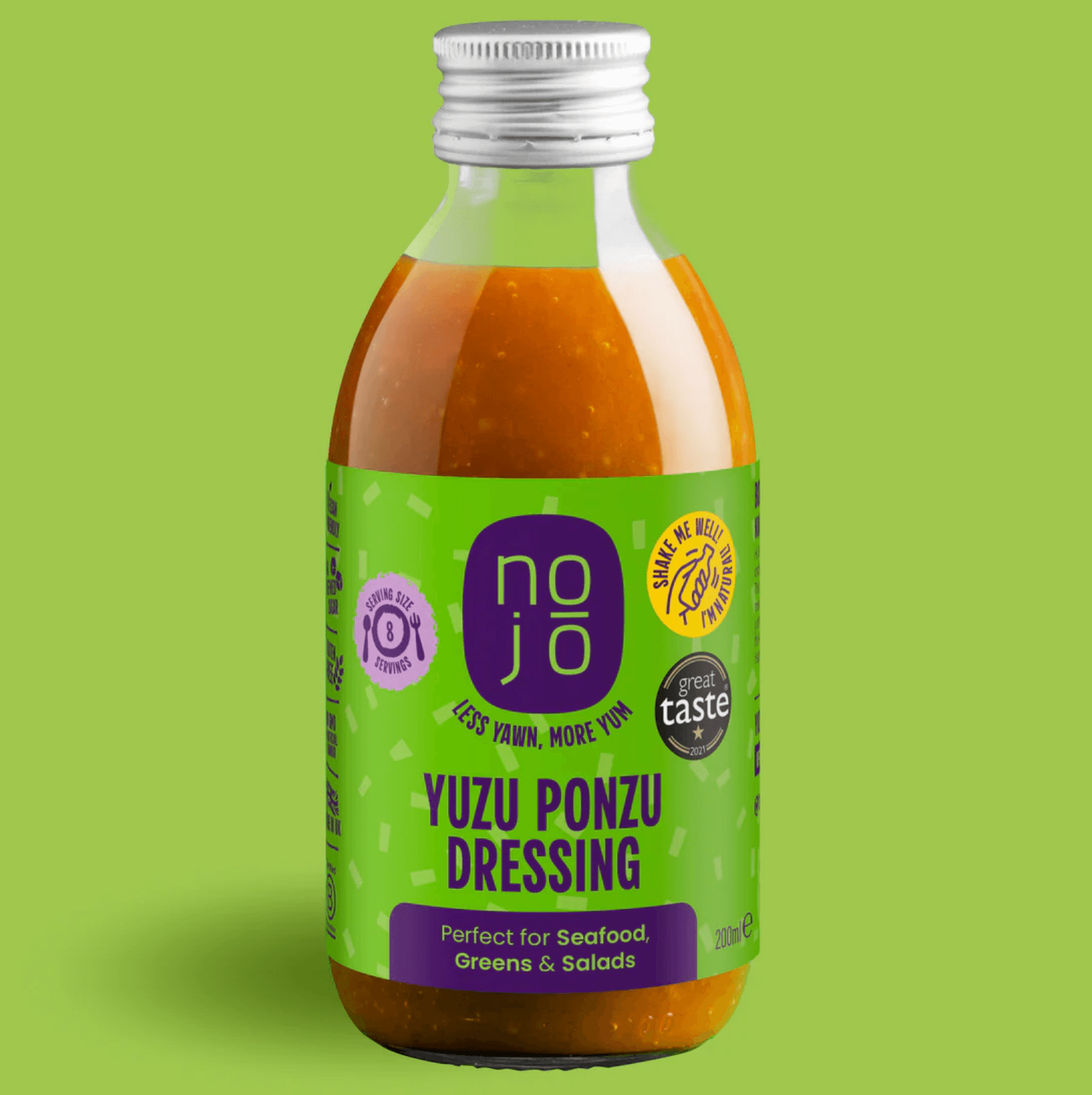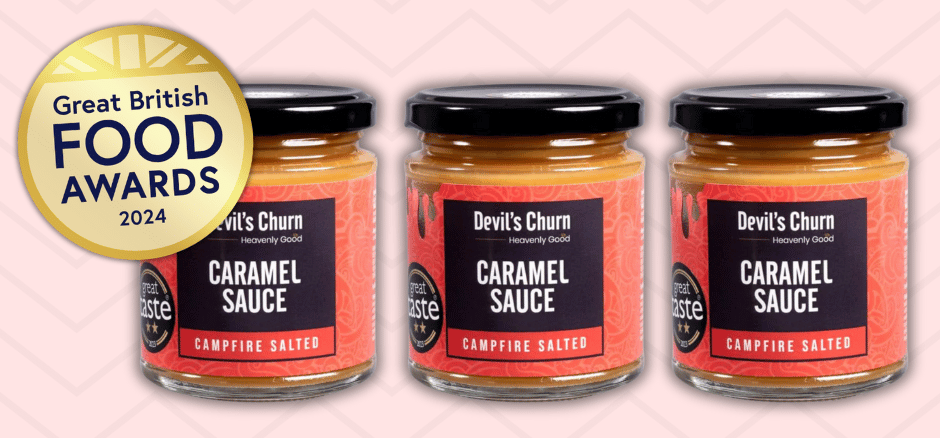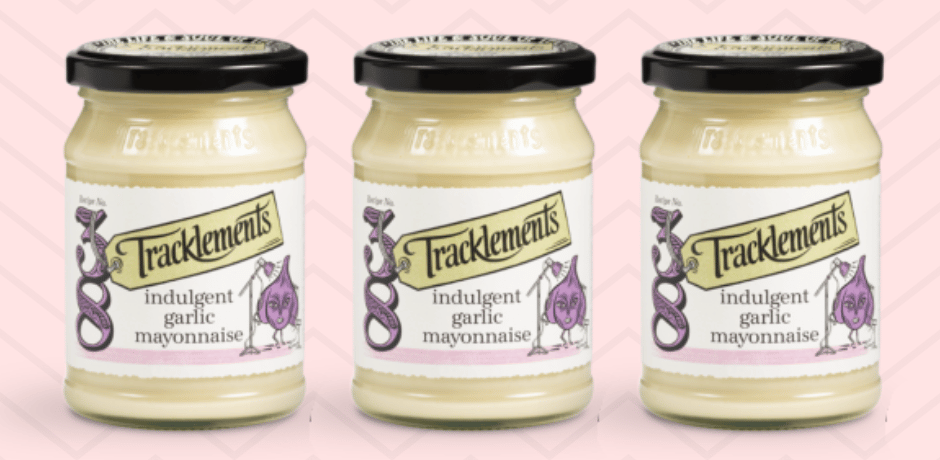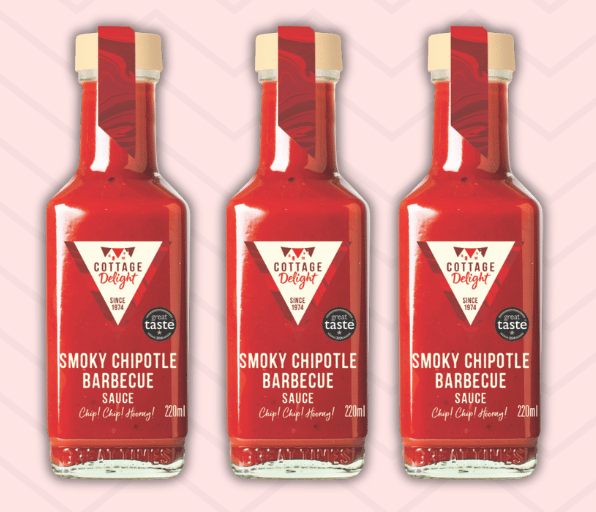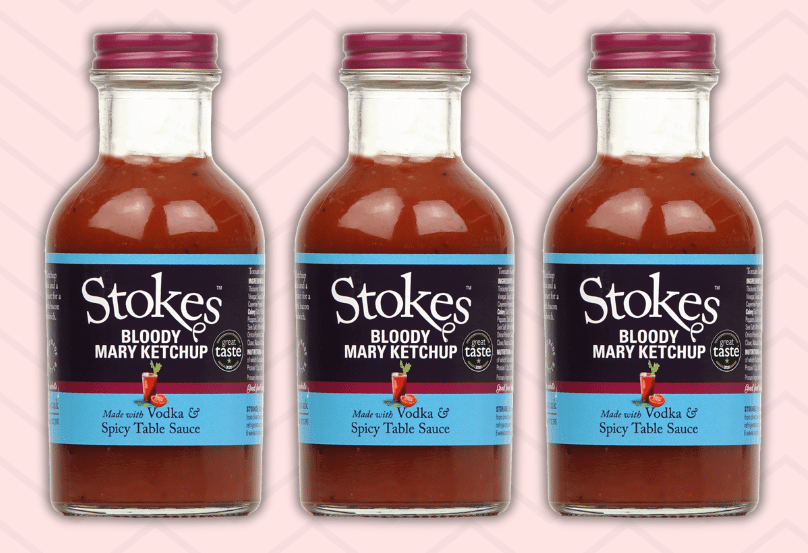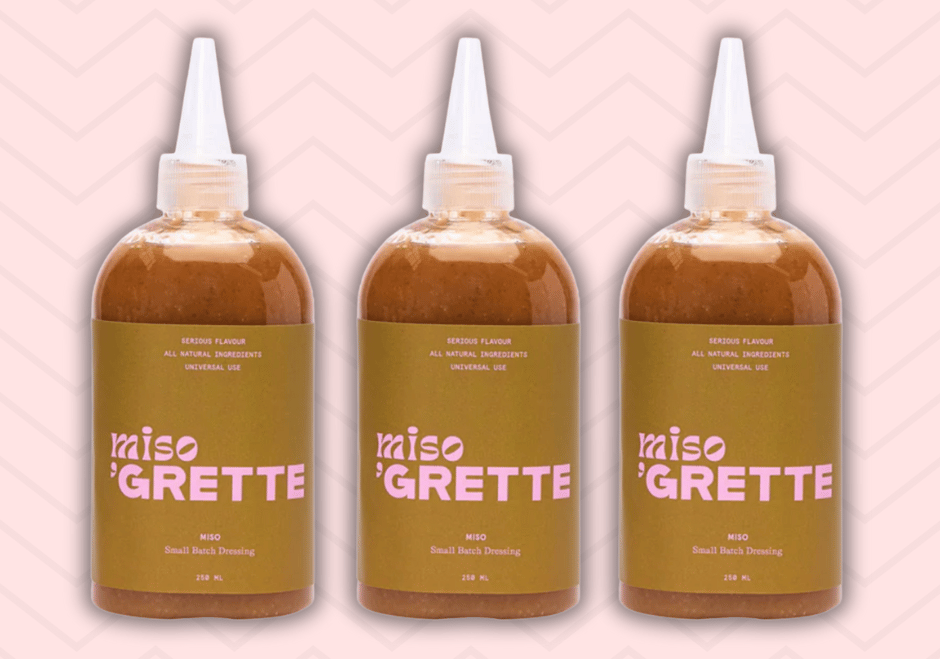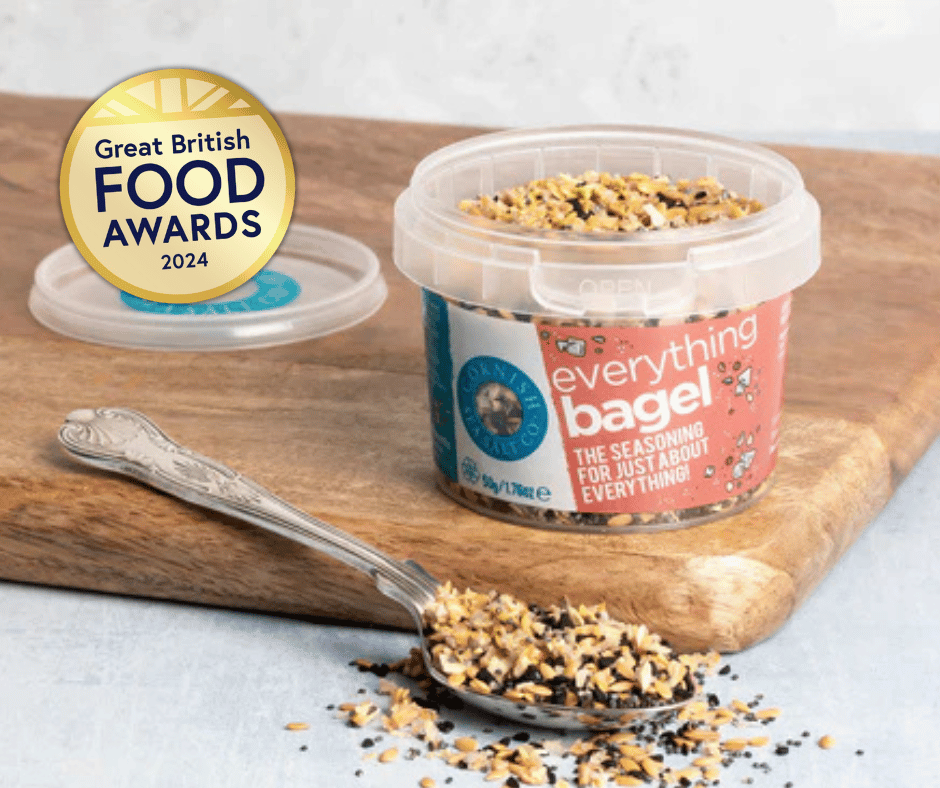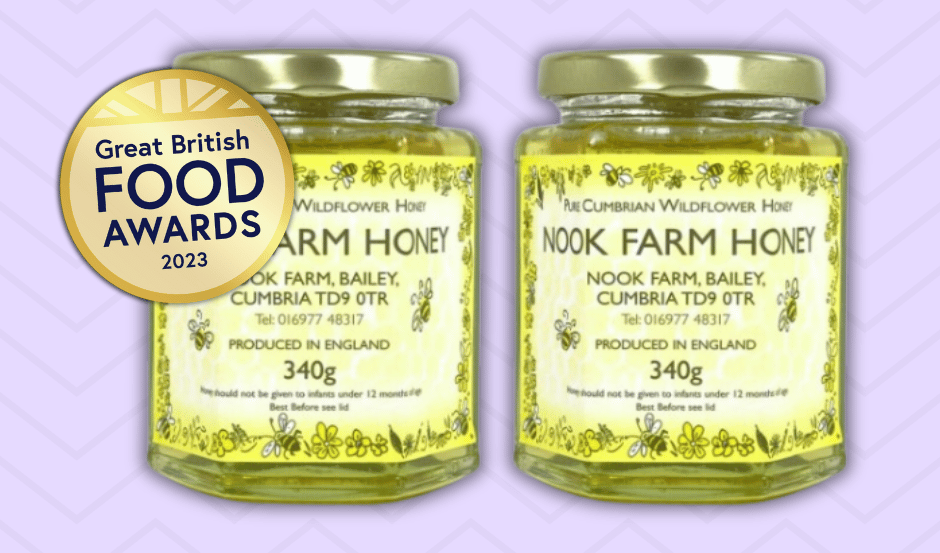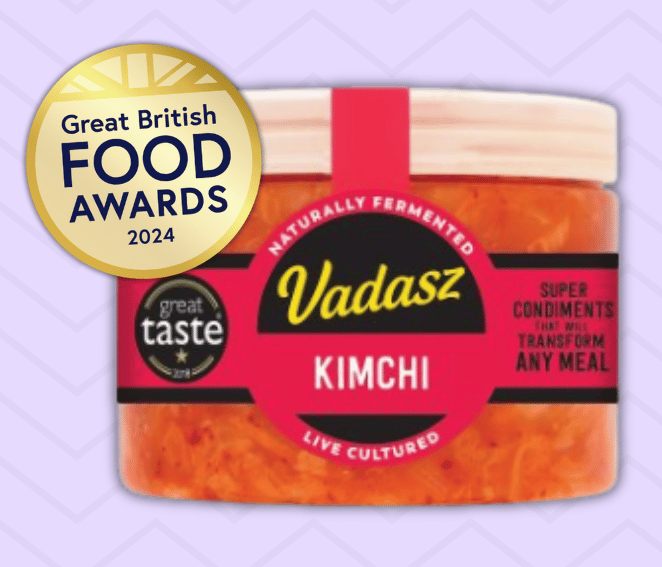Traditionally, British condiments were limited to a handful of standard options: English mustard, tartar sauce, HP Sauce, to name a few. But today, British makers are giving us everything from hot honey to Korean-inspired spices.
“There are so many new condiments appearing from diverse cultures around the world,” says Claire Dinhut, author of The Condiment Book.
“It seems as though there’s a new openness to trying new flavors and people also wanting to share those tidbits from their heritage. I love that we can get our hands on hawaij, MSG blends, za’atar, crème de marrons, in many more markets without having to play detective.”
Claire also highlights how condiments can make different cuisines accessible. “They allow you to travel all four corners of the world, even if you can’t afford to fly,” she enthuses. “When you buy a jar, you can unlock that trip for yourself, recreate dishes you’ve always wanted to try, and expand your knowledge about foreign places. That’s so special.”
"As a nation, we are still in love with condiments. In the UK, we are lucky to have so many to choose from,” agrees Vhari Russell, managing director of The Food Marketing Experts. With condiments for every occasion, we’re better able to replicate flavours that we enjoy in restaurants at home, she continues.
“It's safe to say our love affair with condiments is here to stay. Consumers are happy to make space in their fridge to try something new, especially if it's capable of delivering delicious new flavours to their dishes,” Vhari says.
What are condiments?
Condiments are flavour-boosters that are drizzled over meals to add depth, heat, sweetness or umami flavour. They might be added during the cooking phase – think BBQ sauces or premium salts – or after a meal is prepped – such as mayonnaise or ketchup.
Condiments can include far more than ketchup and mustard, however. They cover anything that enhances flavour – seasonings like salt, pepper, chilli flakes and dried herbs; dips, sauces, and dressings; and even sweet toppings like chocolate or caramel. Essentially, if it makes food taste better, it can be a condiment.
Exciting trends in sauces and condiments
While we’re all quick to hop on the ‘trend’ bandwagon when describing new, popular products, Claire prefers to steer clear of the word when it comes to condiments.
“Oftentimes, these ‘trendy’ condiments have actually been popular in different countries for centuries and are only beginning to be appreciated by us here.”
This is certainly true when it comes to products that have just started to gain mainstream popularity in the UK. Flavours include chipotle, yuzu and za’atar.
A taste for heat
Jack Stein, chef director of Rick Stein Restaurants, tells us he’s seen a “huge surge in anything fermented – kimchi, sauerkraut, pickled vegetables, you name it. I’ve also seen some kimchi hot sauces which are really interesting,” he continues.
Another product that’s still spicing up our meals is hot honey. “It seems like it’s everywhere,” Jack says. “It's on pizza and paired with fried chicken. I've even seen it used in cocktails. The sweet-heat combo is the perfect balance that keeps people coming back for more. It’s becoming a pantry staple for a lot of home cooks and chefs alike.”
Traditional flavours
Our love of new flavours doesn’t mean we’ve relegated UK condiments with a rich heritage and tradition to the back of the cupboard.
Vhari sees the increase in home cooking, helped along by the cost-of-living crisis, inspiring many to “[remain] loyal to traditional favourites evocative of family foodie memories, explaining the lasting popularity of products such as Colman's mustard and Lea & Perrins.”
Condiments that fly the flag for British makers are also garnering strong interest, she says, “thanks to the [Jeremy Clarkson’s Diddly Squat Farm Shop’s] spotlight on brands such as Condimaniac, which has launched a 100% British ketchup.”
Personal favourites can sway our opinion of traditional condiments, too. Claire, who hails from France, says she has had an “absolute obsession” with Branston pickle since moving to the UK.
“I had never had a chutney of the sort prior, and it simply does not get old. I pop big dollops of it onto my avocado toast, in salads, rice, bagel and cream cheese, turkey wraps, etc. It’s chunky, has a gorgeous vinegary bite, and works with so much more than just Cheddar.”
